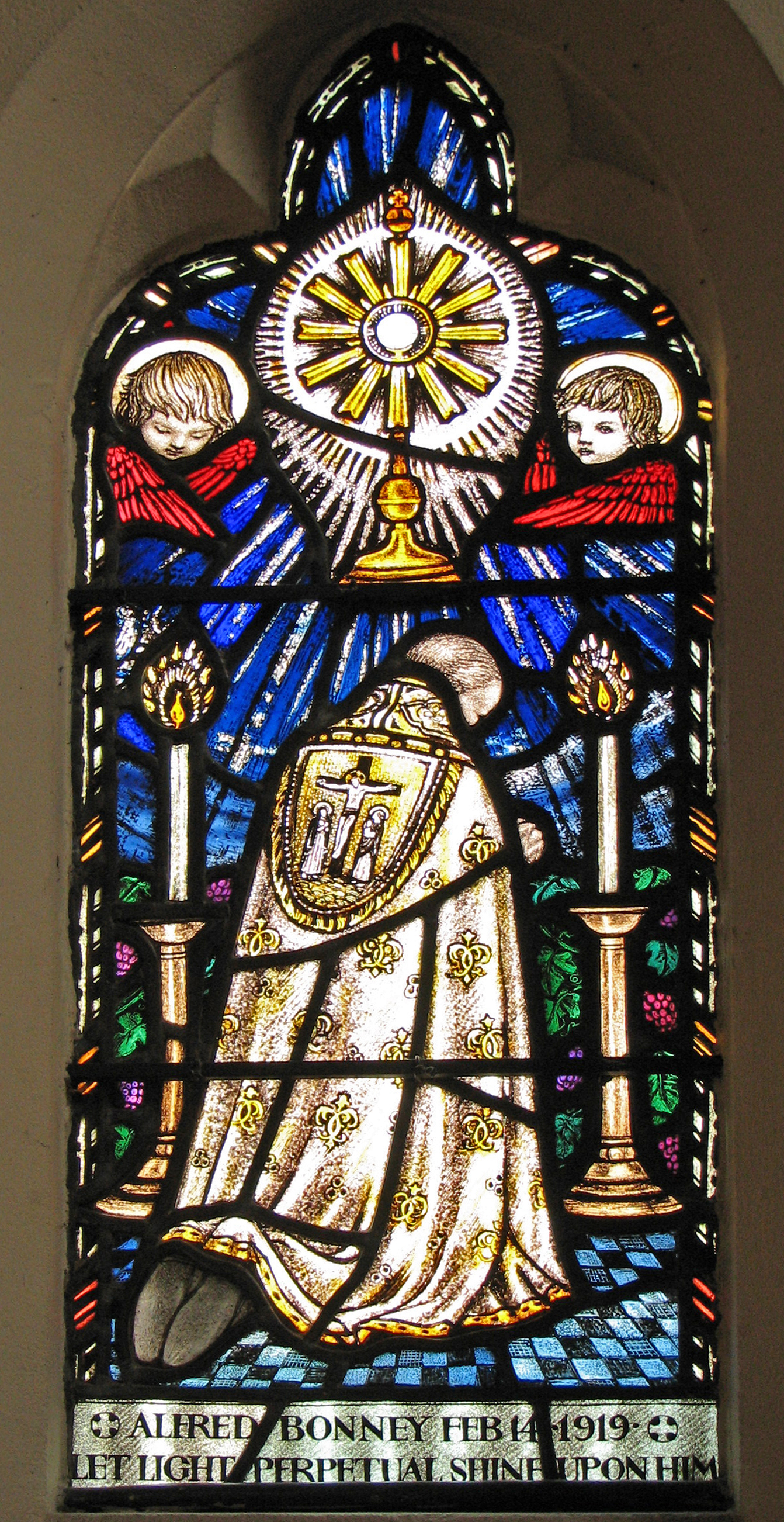
I remember hearing my grandmother tell a story of the terrible two nights during the Clydebank Blitz, when the German Luftwaffe launched a bombing raid in March 1941. My grandmother, along with relatives and neighbours, sought refuge in an Anderson shelter, which was designed to withstand anything except a direct hit. As a devout Catholic, she prayed the Rosary repetitively through the night, to pray for protection and survival through the Blitz. When she had finished one of the mysteries of the Rosary, with the sound of bombs falling nearby, her protestant neighbour who was beside her in the shelter asked “can you start saying those prayers again?”
Marian devotions have been used by Catholics since the tenth century, and praying using beads is an ancient custom. Marian devotions have developed over centuries into what we have in modern times. Whether in times of despair or distress, needing protection, or in times of joy and thanksgiving, the Blessed Virgin Mary is a sacred space in the Catholic faith. Indeed, St John’s Gospel records that, as he suffered on the cross, he told his mother, “Woman, behold thy son”, and he then told the beloved disciple “Behold thy mother” (Jn 19:26-27). With these words, Mary is given as a Mother to the Church and the Church is entrusted as a mystical child to the woman.
The meditations of the Rosary were created in their modern form in 1483, by a Dominican Friar who published Our Dear Lady’s Psalter. Since then, the Dominicans have greatly promoted the Rosary as a practical and simple prayer, containing the Glorious, Sorrowful and Joyful mysteries. The Luminous mysteries were added in 2002 by Pope John Paul II.
Other Marian devotions include hymns such as the Salve Regina, which is about the immaculate and perfect Church that is above and beyond our ordinary, broken lives. As the Queen of Heaven, Mary represents the Church perfected by Christ: she already is what the Church as a whole will become at the end of history. Pope John Paul II observed that “no one has ever devoted himself to the contemplation of the face of Christ as faithfully as Mary”. Despite what we may face in our lives, the Blessed Virgin Mary is there for us in prayer, as perfect as a human can possibly be.
For a prayer sheet on how to recite the Rosary, visit: www.medjugorje.org/rosary.pdf




























